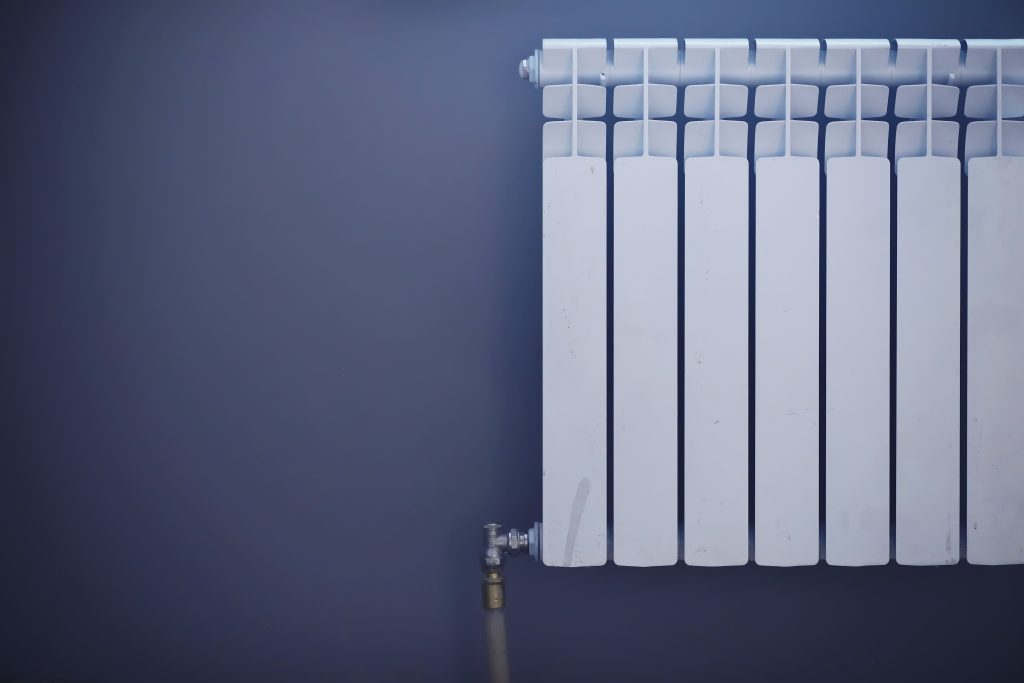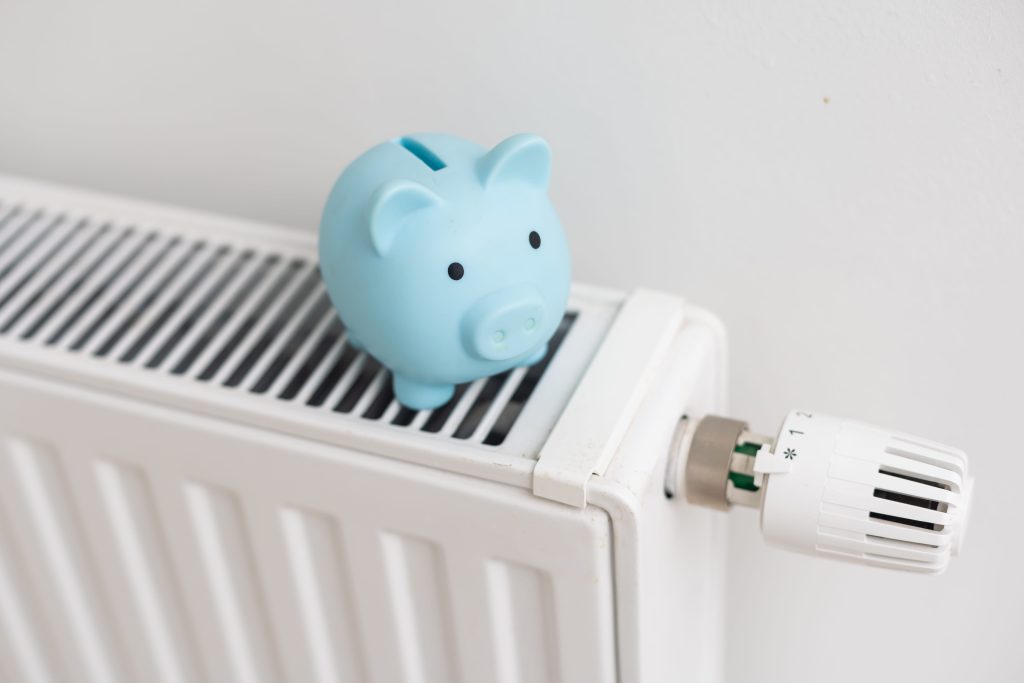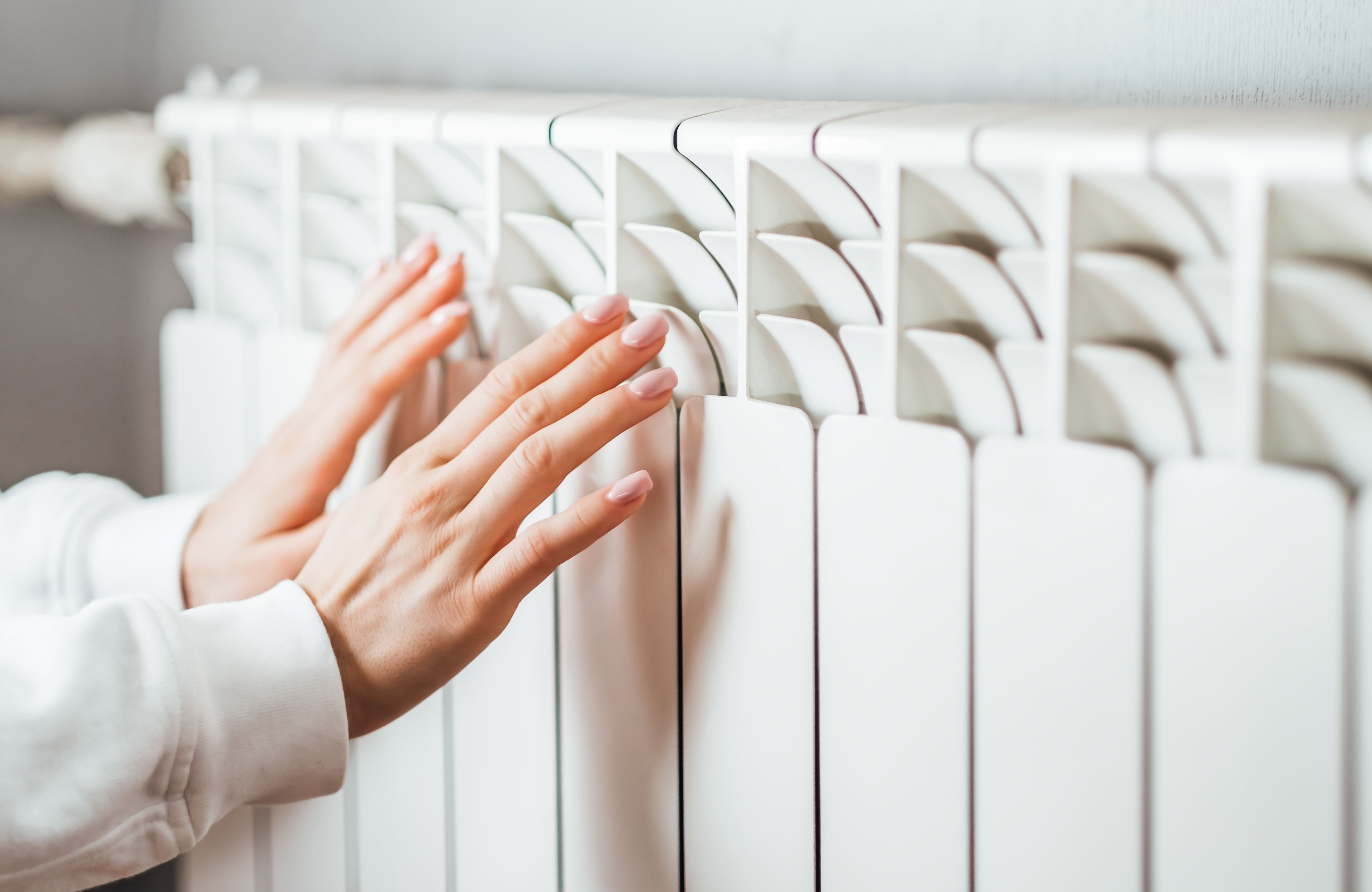
When should you replace home radiators?
They wear out and their performance decreases or you're in the middle of a home renovation and decide that that moment has arrived. The reasons for replacing radiators can be many. Let's try to understand together when it is the right time to take action and how to proceed.
When should a radiator be replaced?
Radiators are designed to last over time, ensuring high efficiency and proper operation. Timely maintenance undoubtedly contributes to their long life, which includes small actions like venting to remove excess air and ensure the correct thermal performance.
On the other hand, as the years of service pass, their efficiency is the most affected, leading to increased heating costs and energy waste. Consumption goes up and results go down.
- You could, for example, remove dust from the external surface. Alternatively, you can clean out the return pipe that runs under the radiator. In this case, it is a good idea to seek help from a professional with the appropriate knowledge and experience.
- Radiators can also undergo internal cleaning with suitable chemicals by competent technicians to remove any sludge that may accumulate inside. This operation, performed by experienced professionals, can be carried out even with radiators installed and in operation.
However, it might not be sufficient and it may become necessary to replace the radiators, opting for new products with advanced design and higher quality standards.
Which radiators are the most efficient?
Changing radiators also means dealing with the question “which ones are the best in terms of thermal power, costs, and reliability?”.
The options include:
- Aluminium radiators
- Steel radiators
- Cast iron radiators
Aluminium radiators heat up the quickest. This is certainly an advantage, and they are lighter and may have a more competitive price. However, they are more susceptible to corrosion, especially if the water is highly alkaline, a problem that can be addressed with timely maintenance.
Although they may not represent the most modern and contemporary aesthetic, they are considered ideal for small spaces.
Steel radiators also heat up quickly, but more slowly than aluminium ones. They retain heat even when the boiler is turned off. In some cases, they may be more expensive than aluminium radiators.
A very limited market share is occupied by cast iron radiators, which are now considered outdated. Besides being heavy, they are the most expensive of all, and their installation is more challenging due to their weight.
How much does it cost to replace radiators?
When evaluating the cost of replacing a radiator, you must take into account the type you choose. As mentioned earlier, cast iron, aluminium and steel radiators differ not only in performance but also in price.
Additionally, you should consider the work required to replace the old radiators and install the new ones, which includes tasks like connecting pipes and may require interrupting the hot water supply.
Moreover, assessing the space that the radiator is expected to heat is not to be underestimated.
Referring to an average of market prices, you can find products under 100 pounds and others that exceed 300 pounds. If you want to go for high-end products, prices can go beyond 500 pounds and even reach 1,000 pounds. These are elements of refined design, designed and crafted to add value to home aesthetics without compromising their functionality. They are not just radiators but advanced heating fixtures.
We must also consider the number of elements that make up the radiators as it affects the size of the heating body. The operation also includes manual work conducted by professionals called to complete the job to achieve the desired result.
Why to replace radiators
The investment for maximum benefit extends beyond just replacing old radiators and includes heating systems or at least some of its components.
Think about smart thermostatic valves or intelligent thermostats that make it easier to program radiators when you are at home or not. They offer features such as multi-zone settings to adjust the temperature in different rooms based on their usage.
Another mode is the anti-freeze mode, allowing you to set a temperature ranging from 41° to 52.7° F while you are away from home, perhaps in some holiday destination, to relax without worries.
This is the so-called ‘safety temperature’: the environment does not heat unnecessarily and, at the same time, the temperature does not drop below a critical threshold. All of this can be easily monitored through a smartphone.
The efficiency of a new radiator managed by home automation tools depends on certifications that ensure performance and precision in remote control.
Other posts
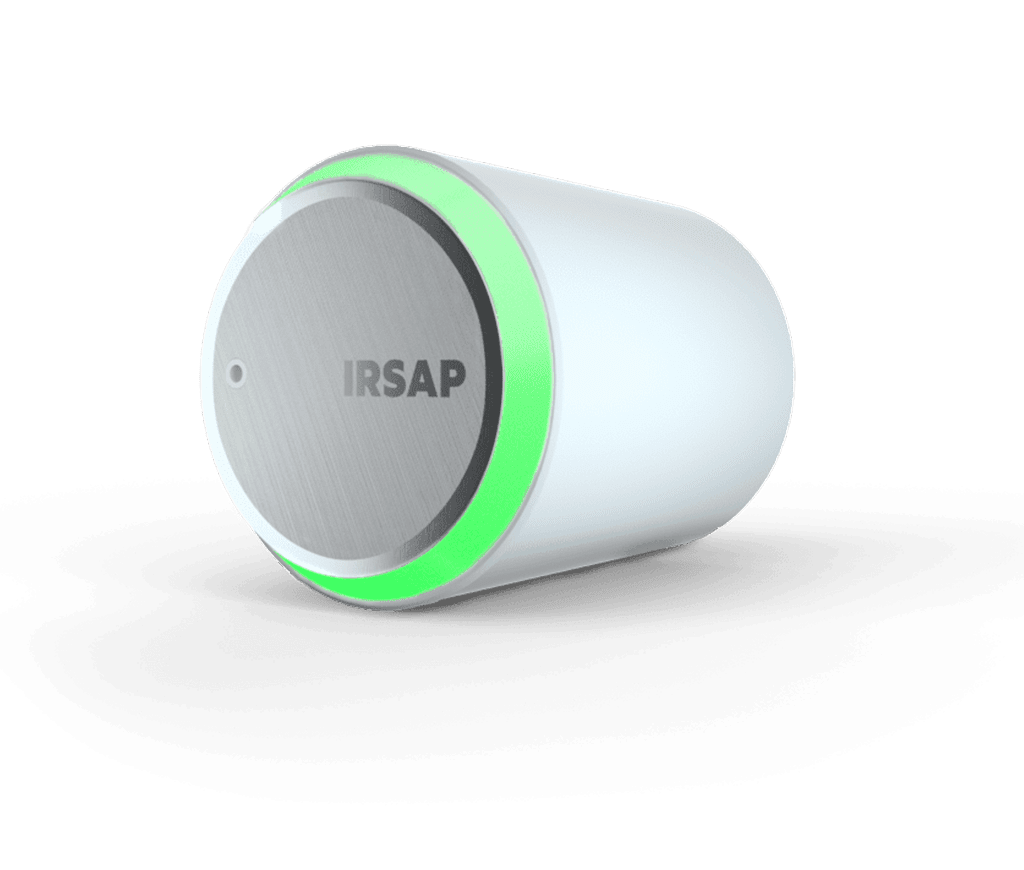
Smart Valve
Controlla la temperatura di ogni singola stanza senza l'esecuzione di opere murarie o elettriche. Le nostre Smart Valve sono compatibili con tutti i marchi di radiatori e i principali produttori di valvole idrauliche.
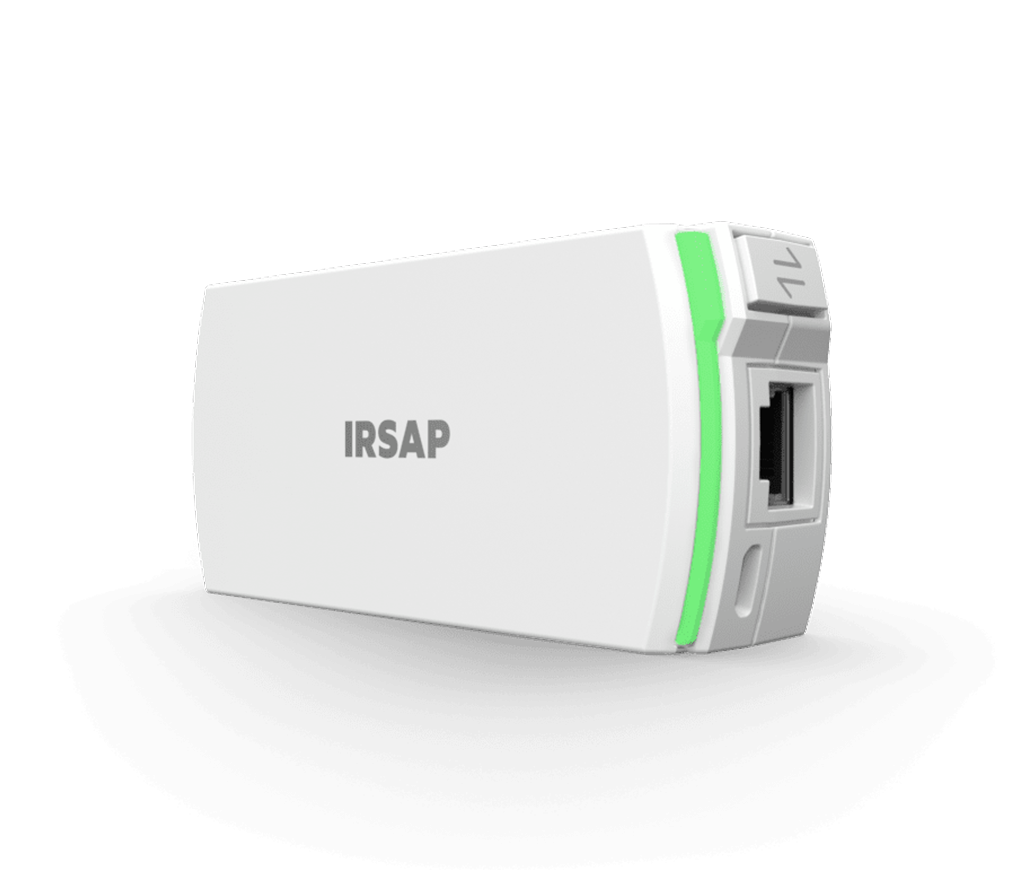
Connection Unit & Repeater
La Connection Unit va collegata al router di casa ed è indispensabile per controllare tutti gli altri dispositivi del sistema dove e quando vuoi direttamente dal tuo smartphone tramite App.
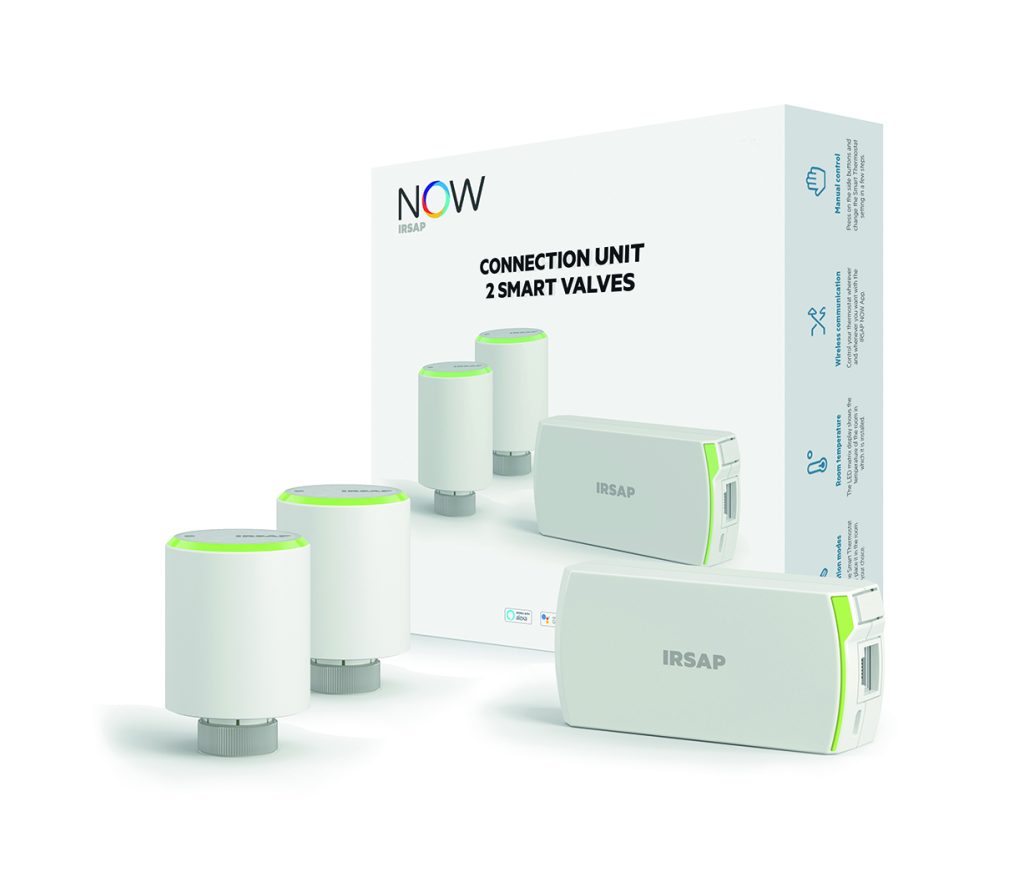
Kit Smart Valve
Ottieni il massimo del comfort e imposta la temperatura ideale di ogni zona della tua casa con il Kit Smart Valve. Controlla la temperatura dove e quando vuoi tramite smartphone. Le nostre valvole termostatiche intelligenti sono compatibili con tutti i marchi di radiatori e i principali produttori di valvole idrauliche.







